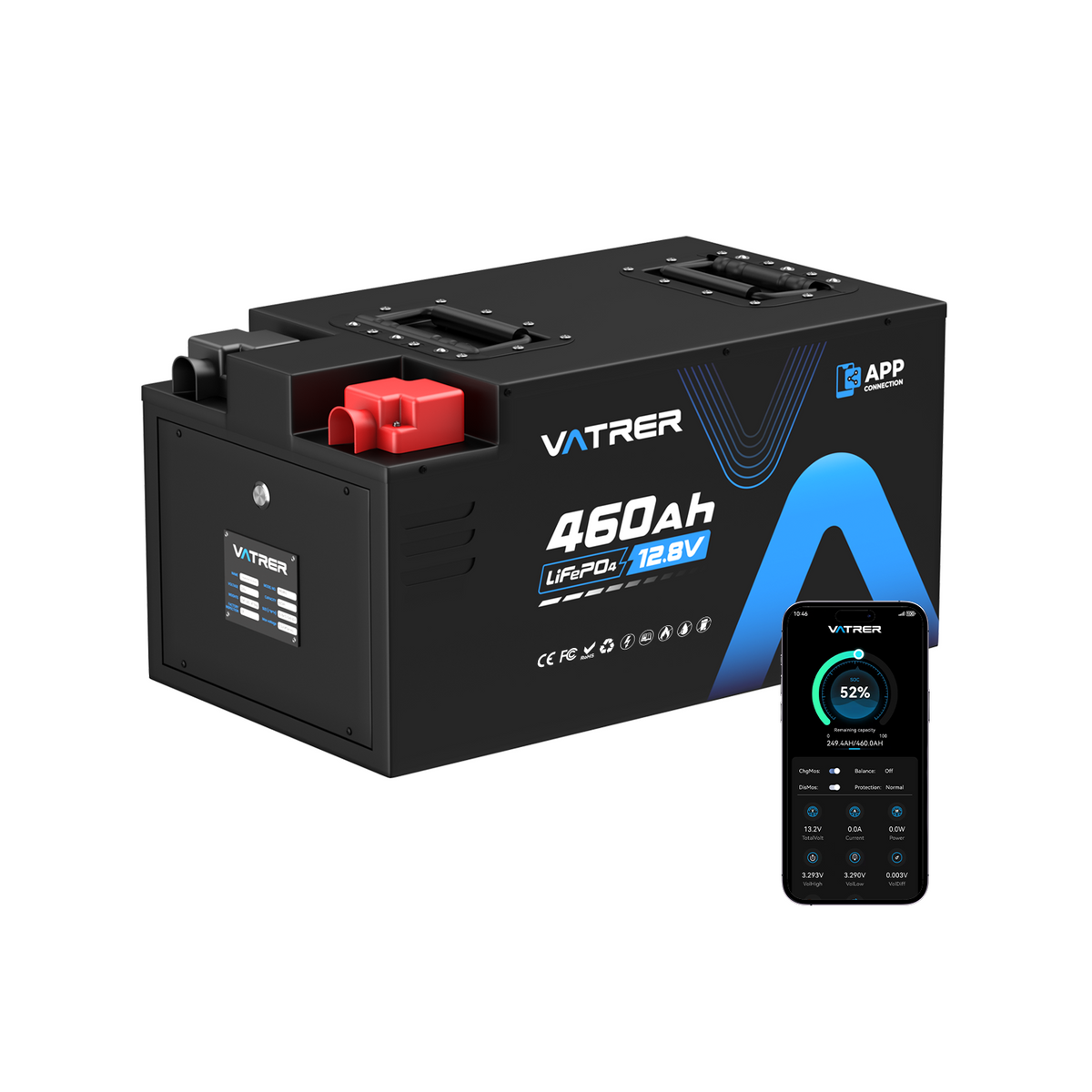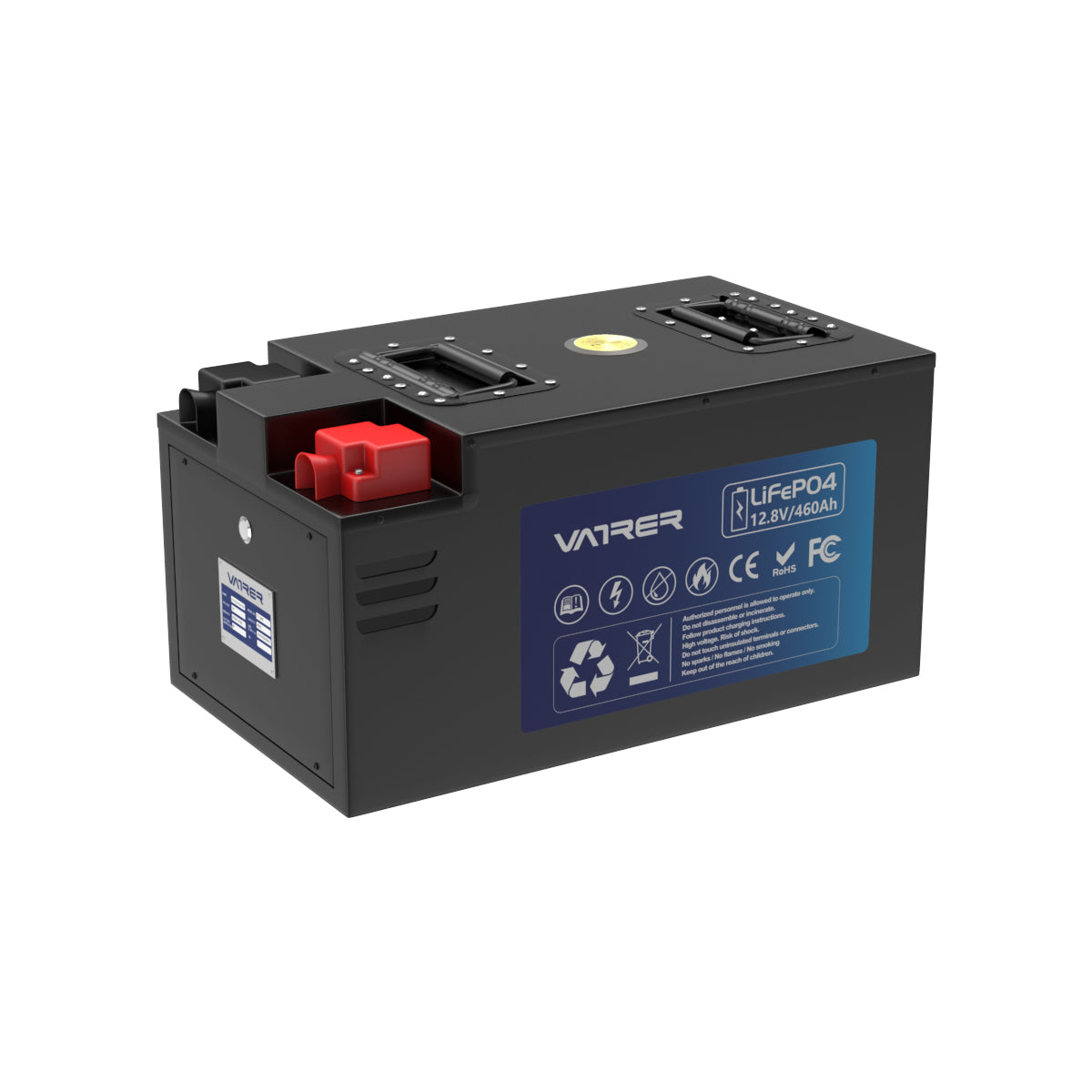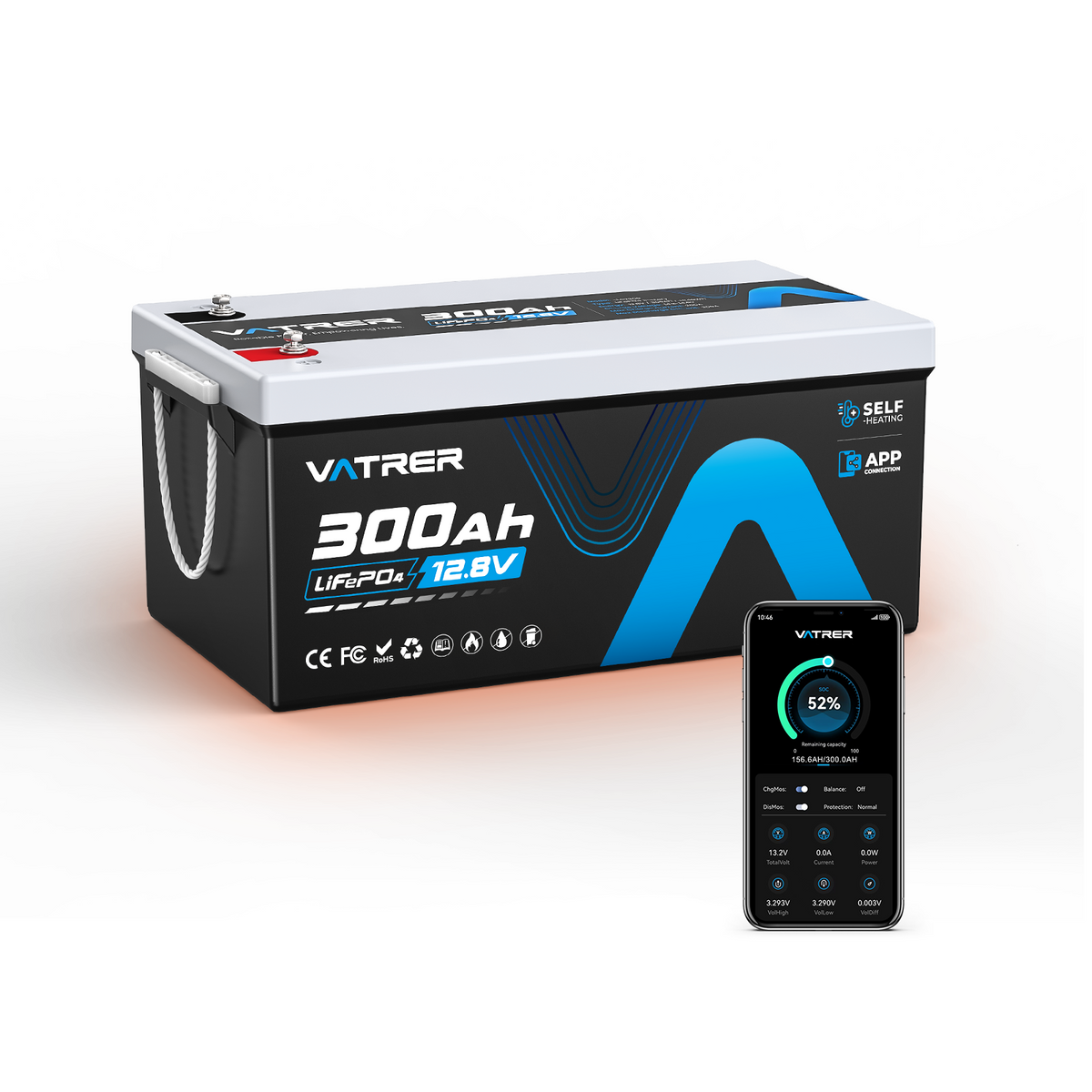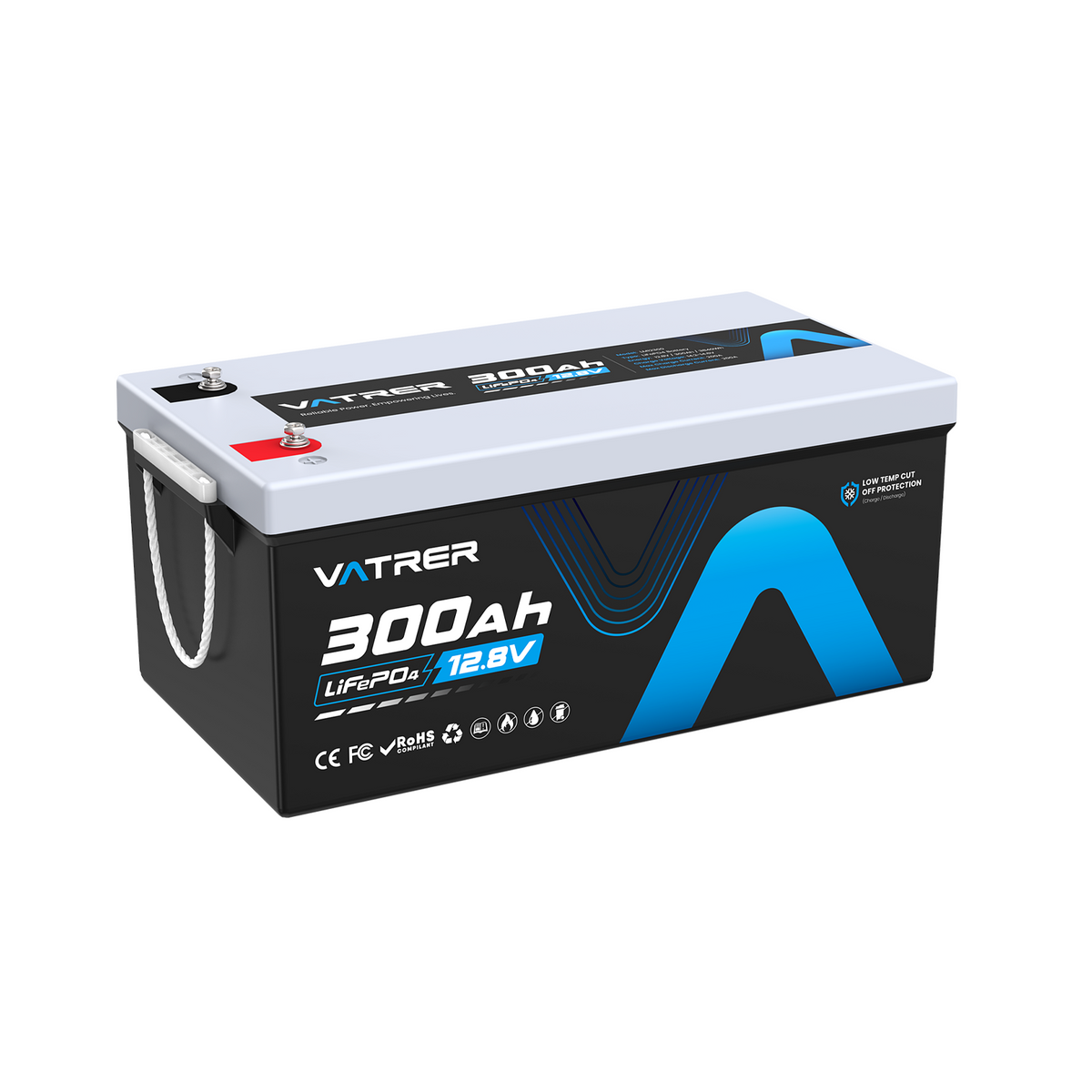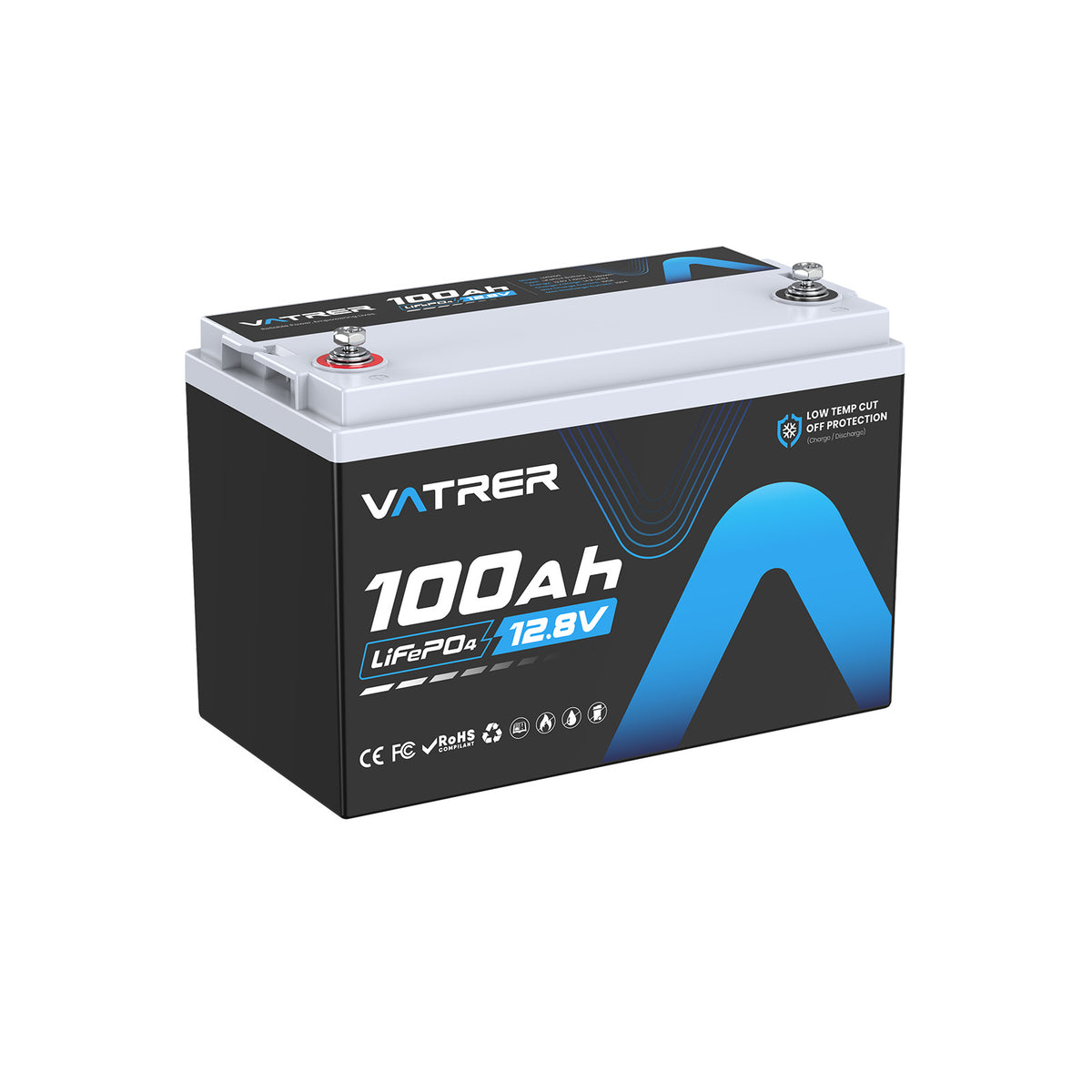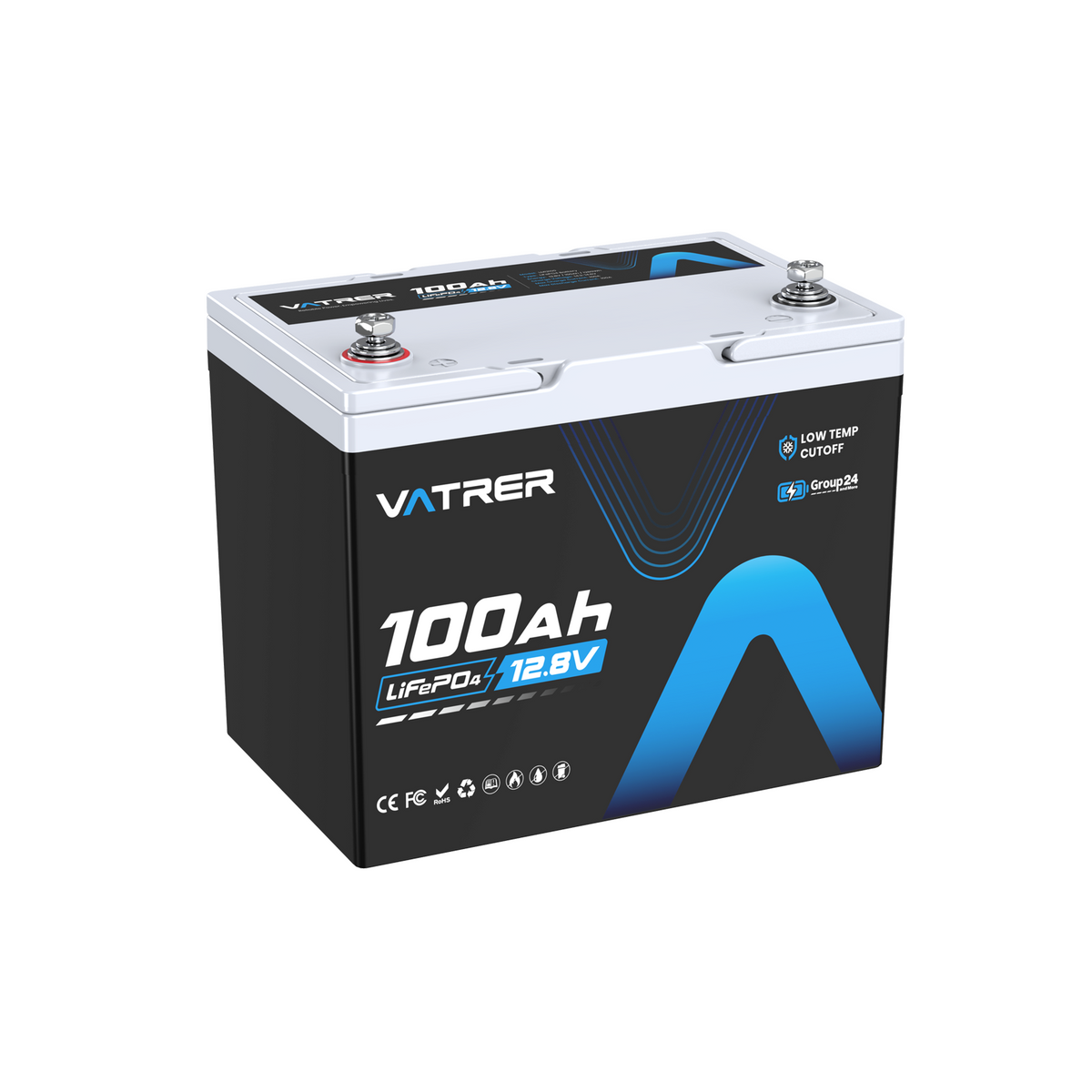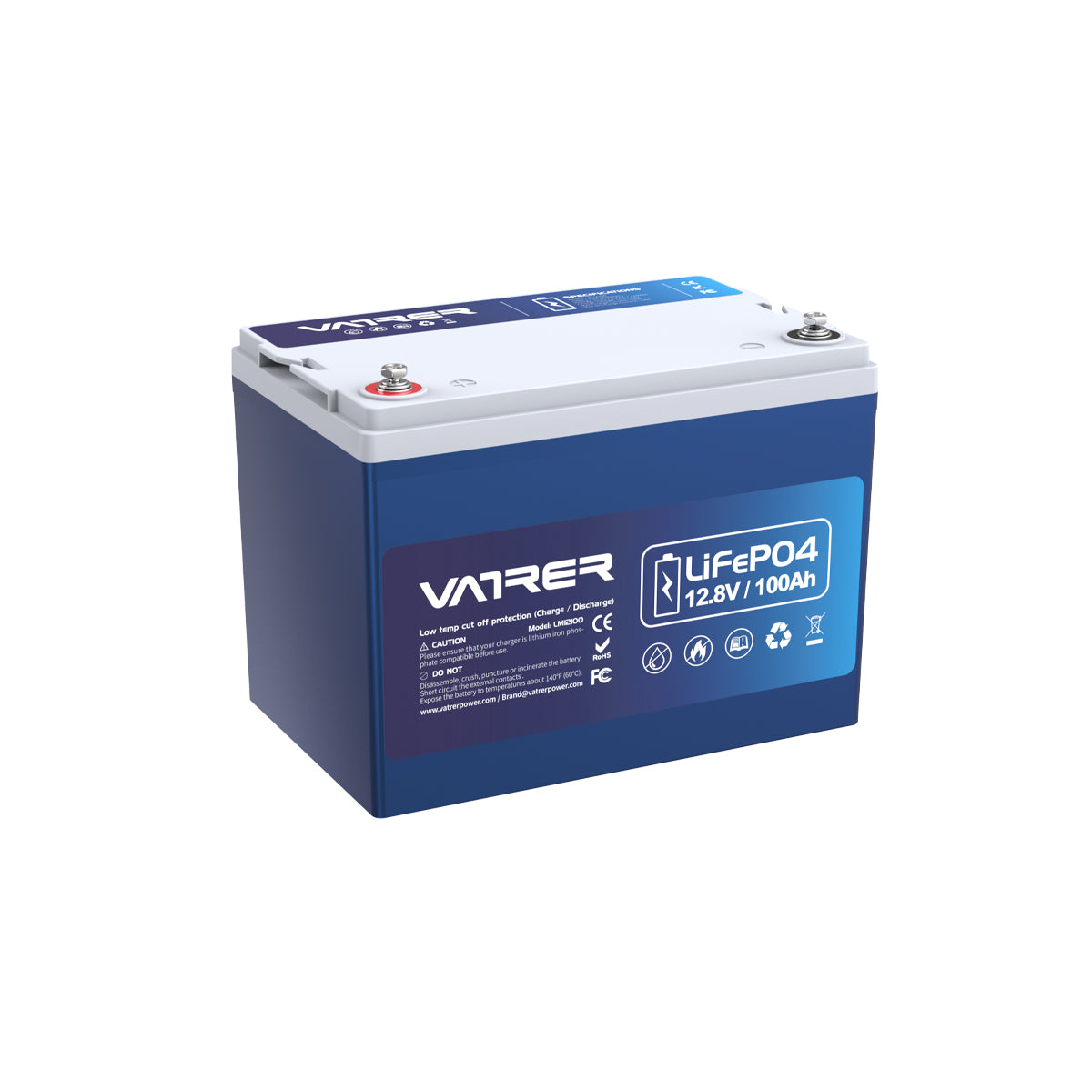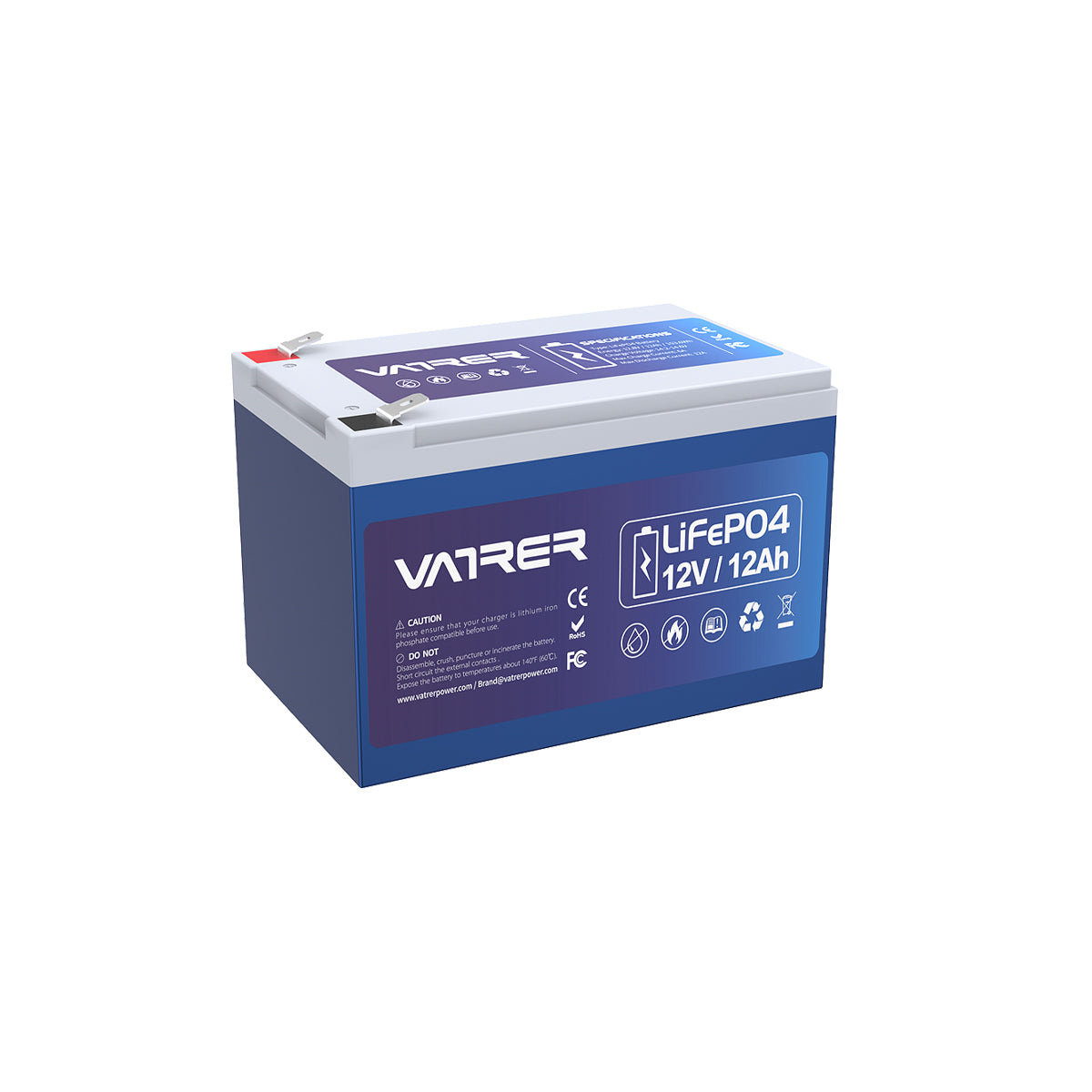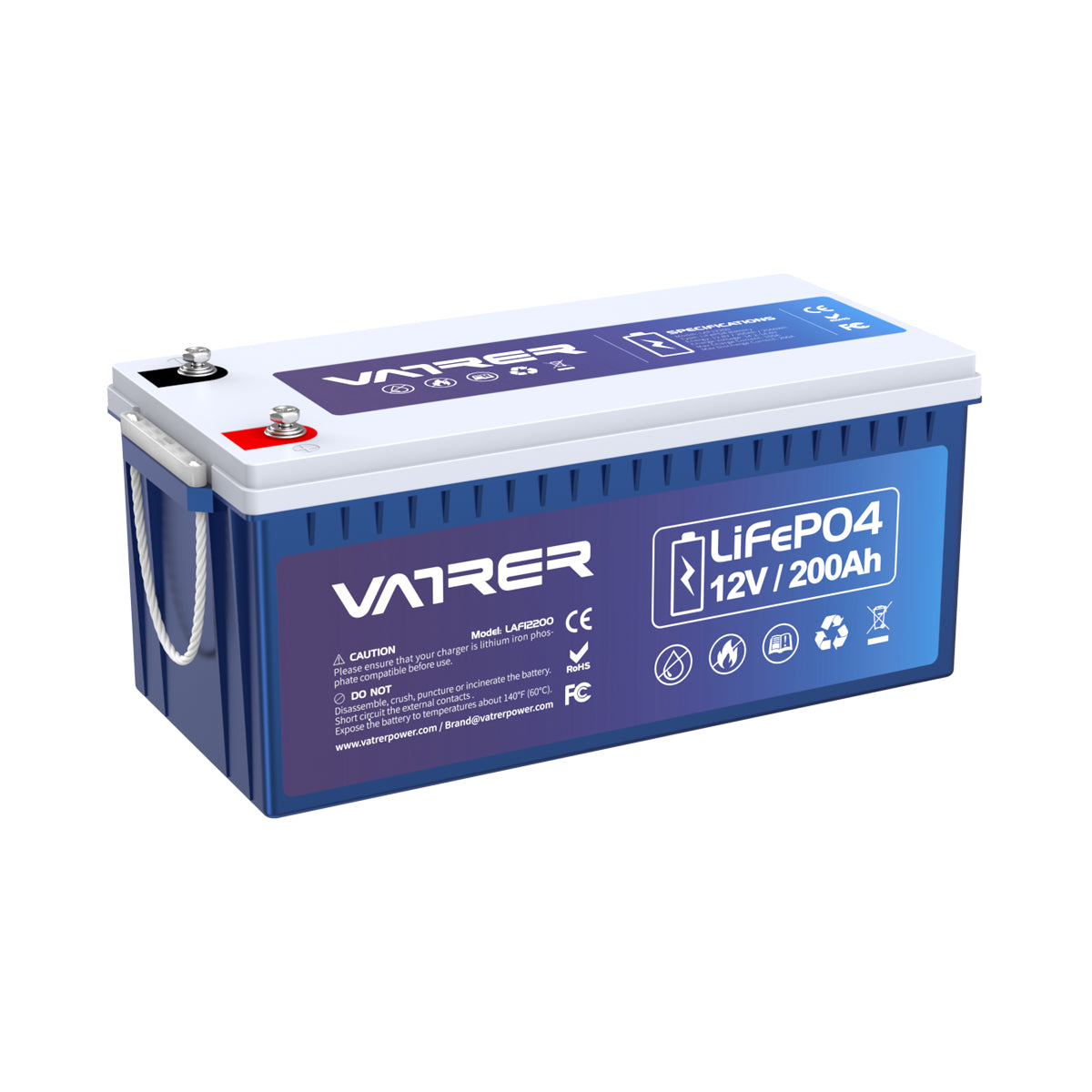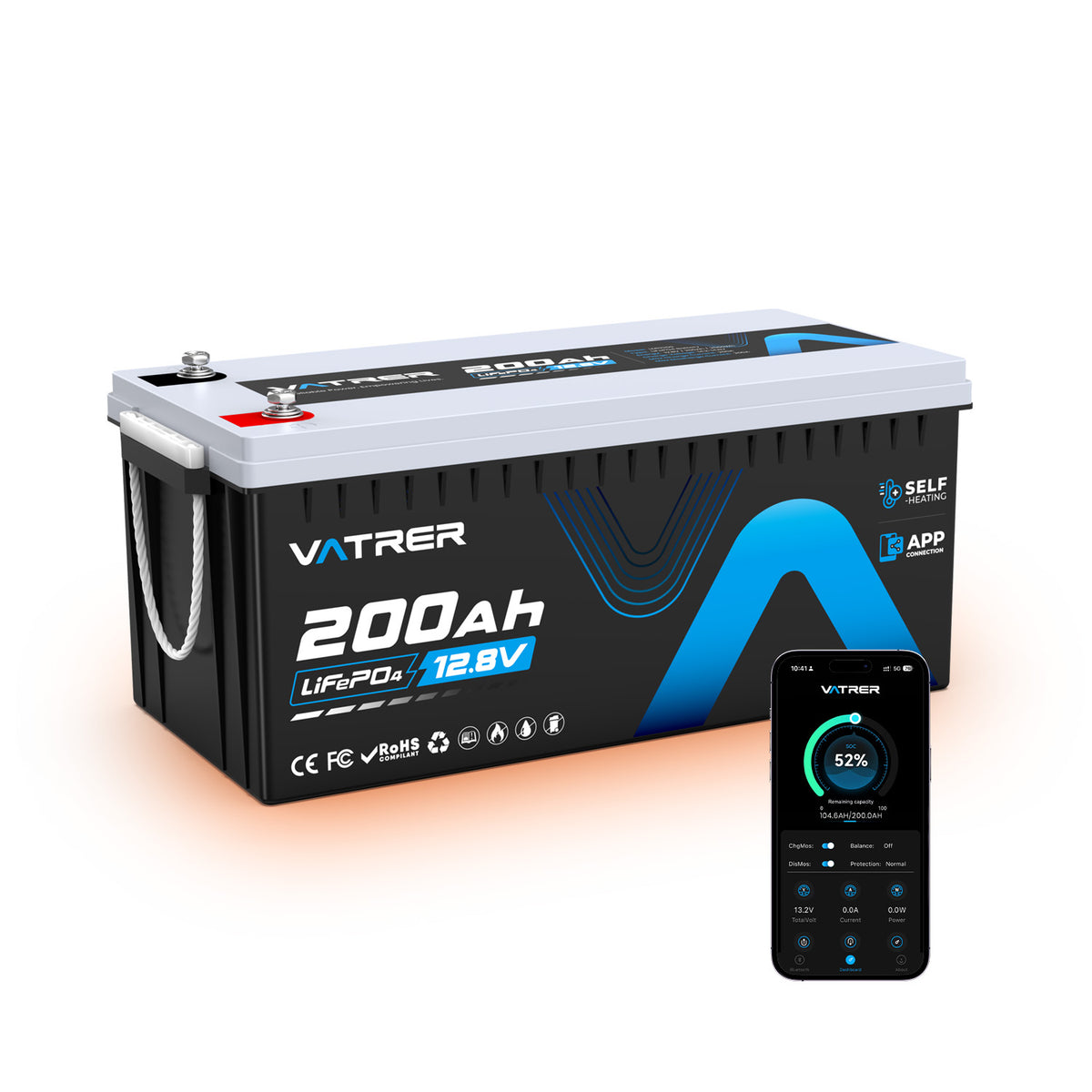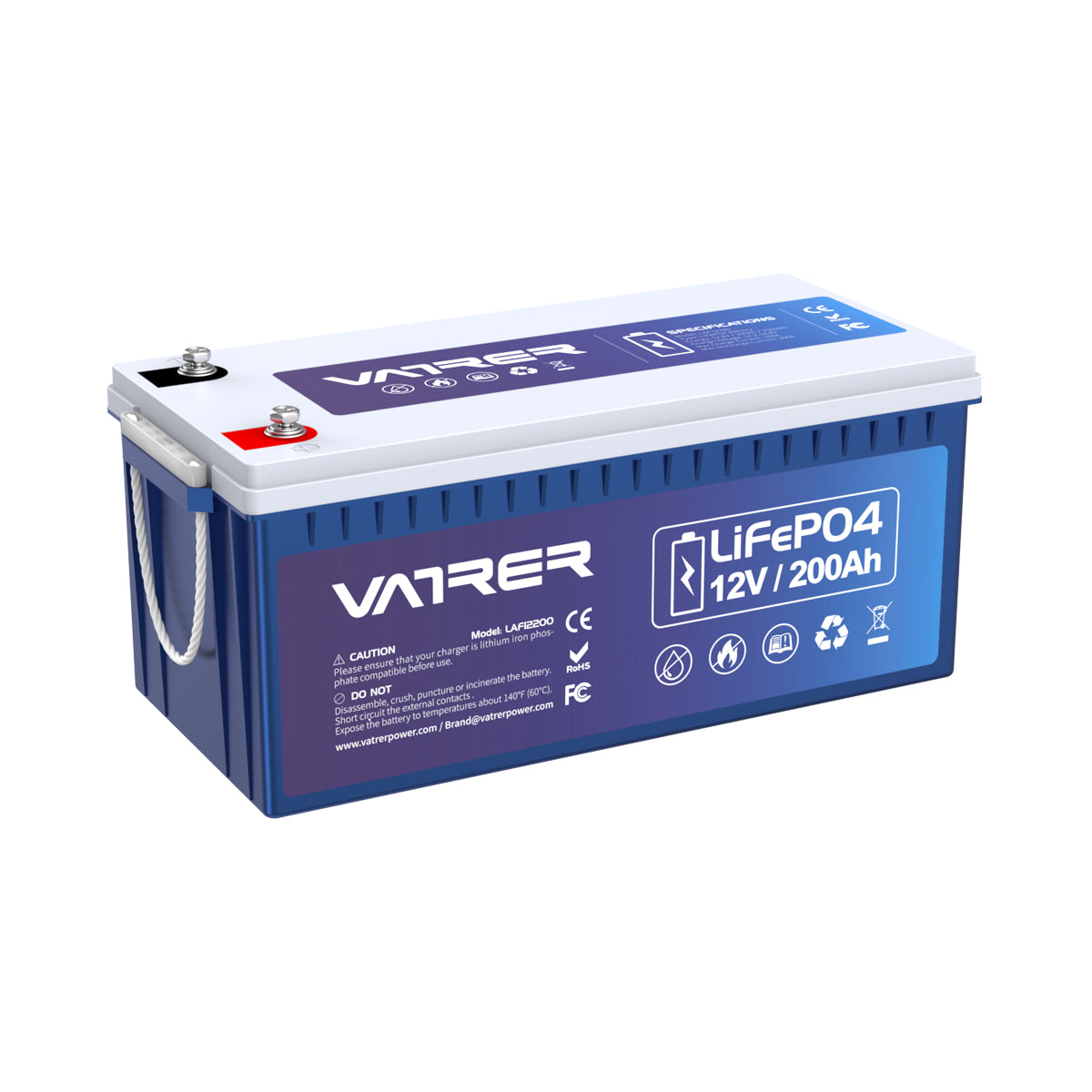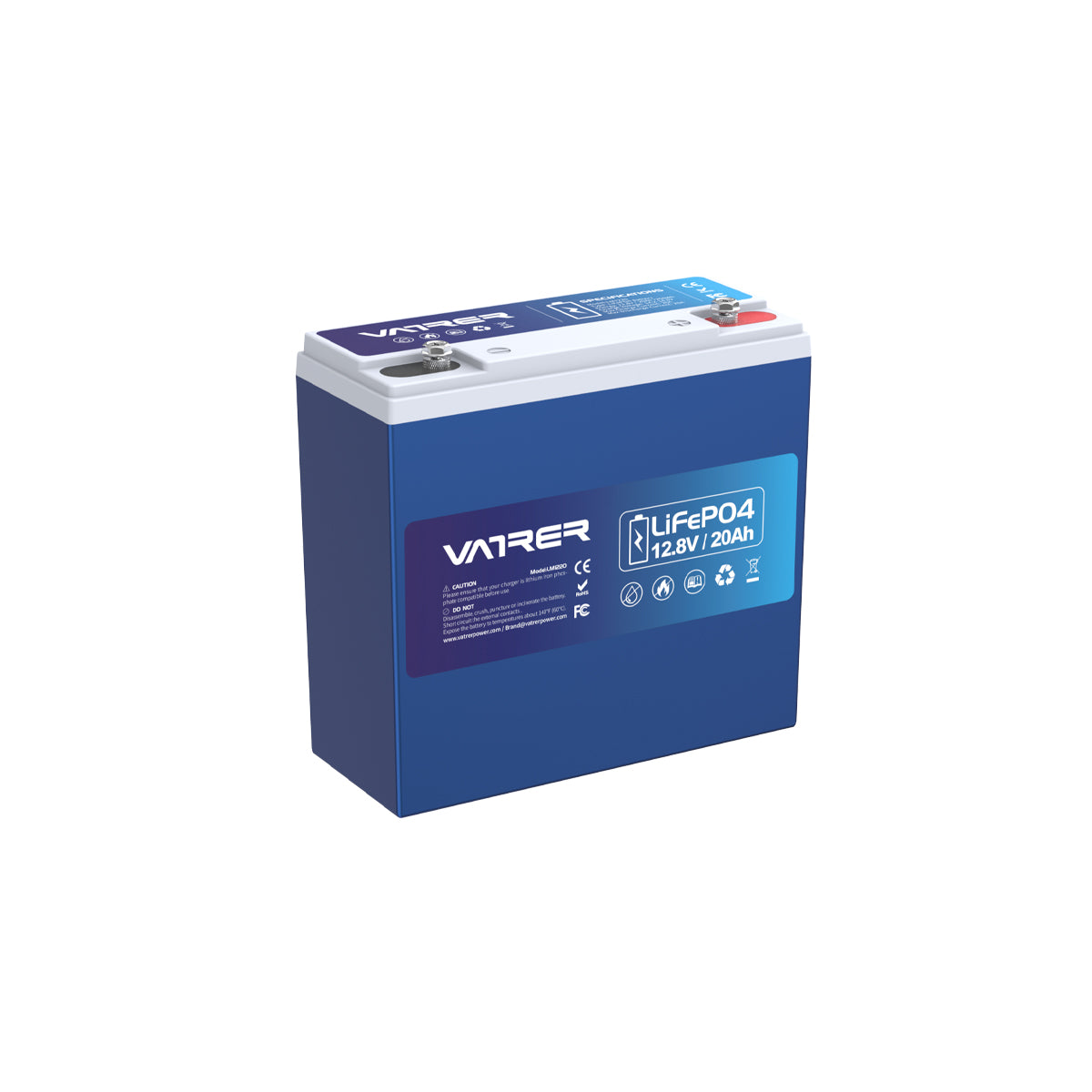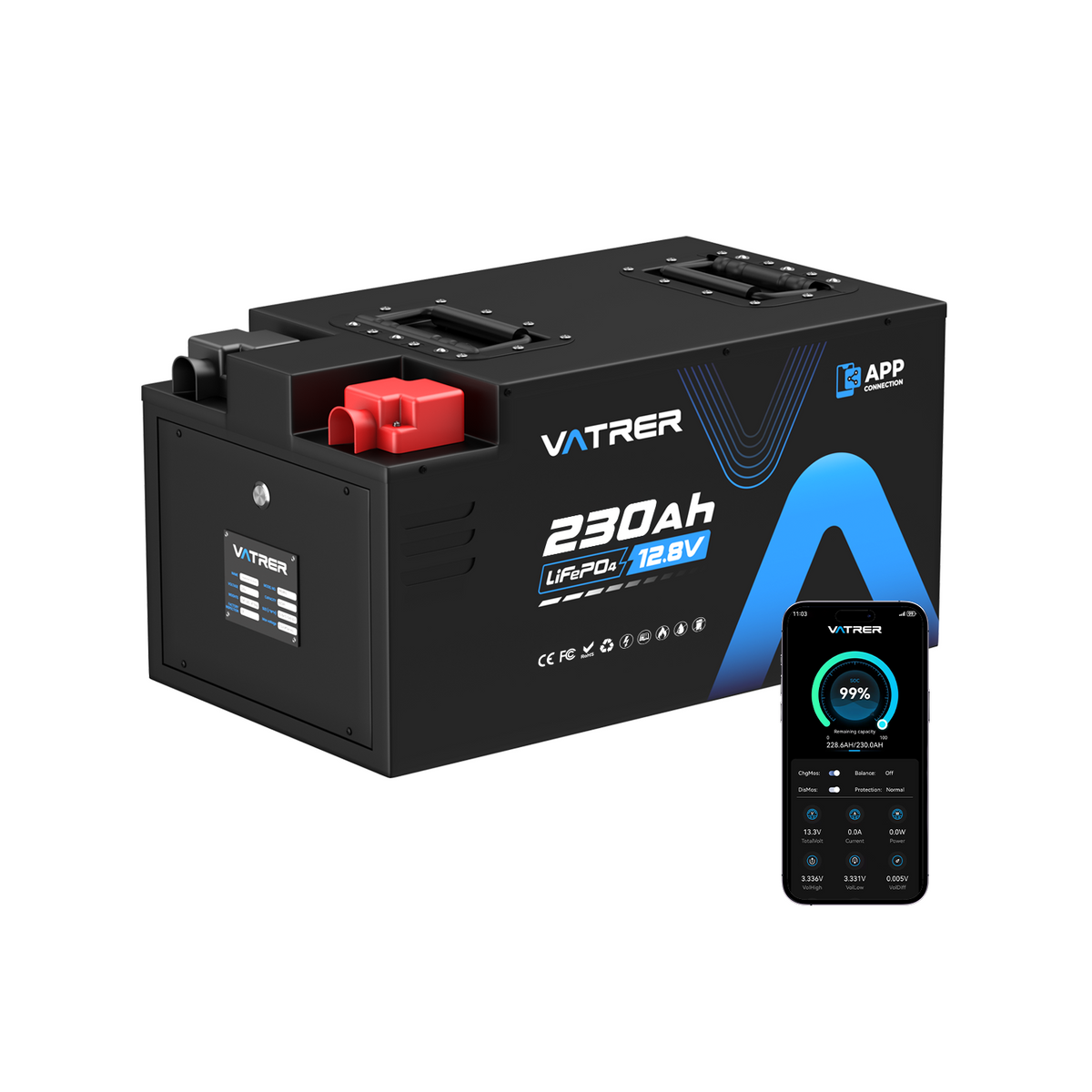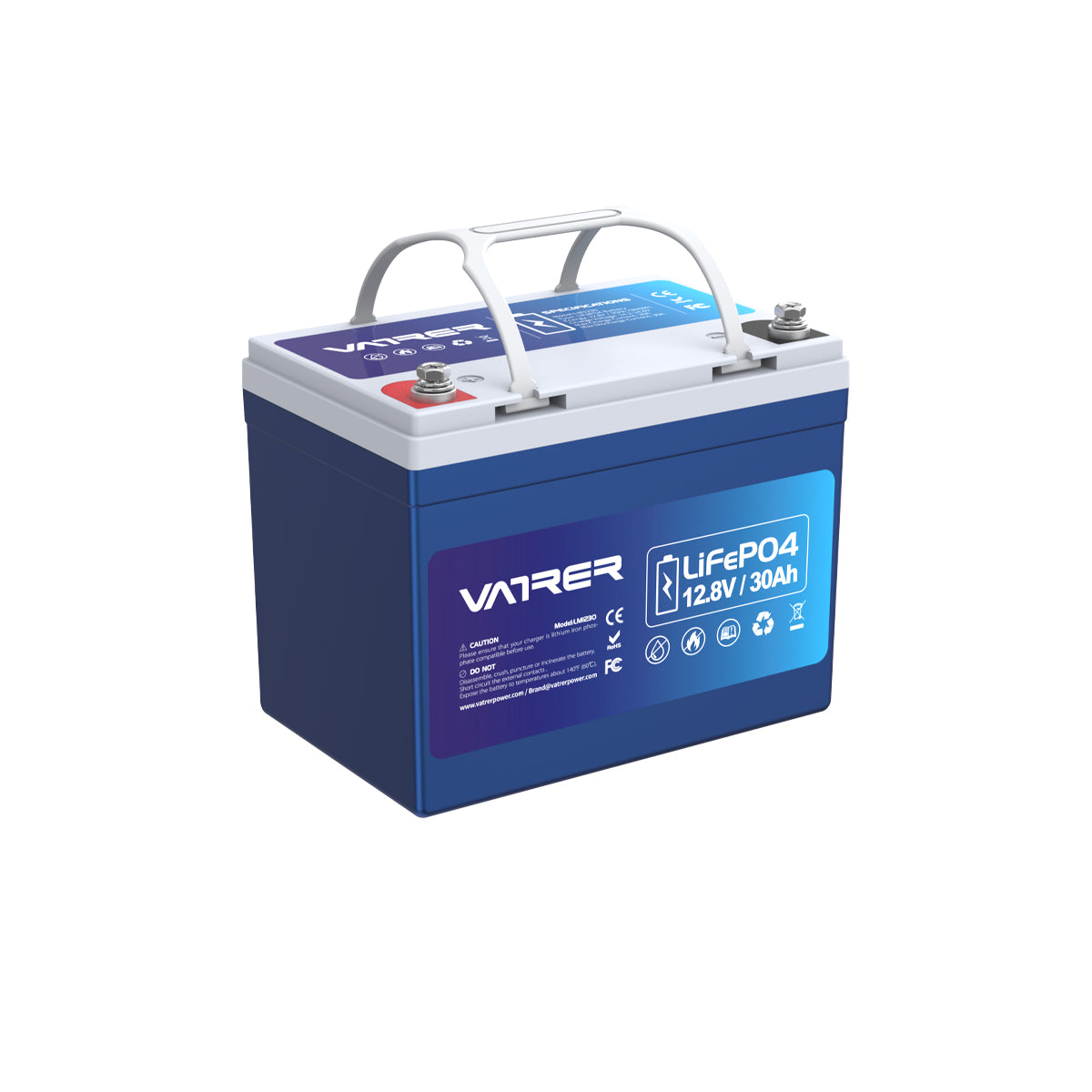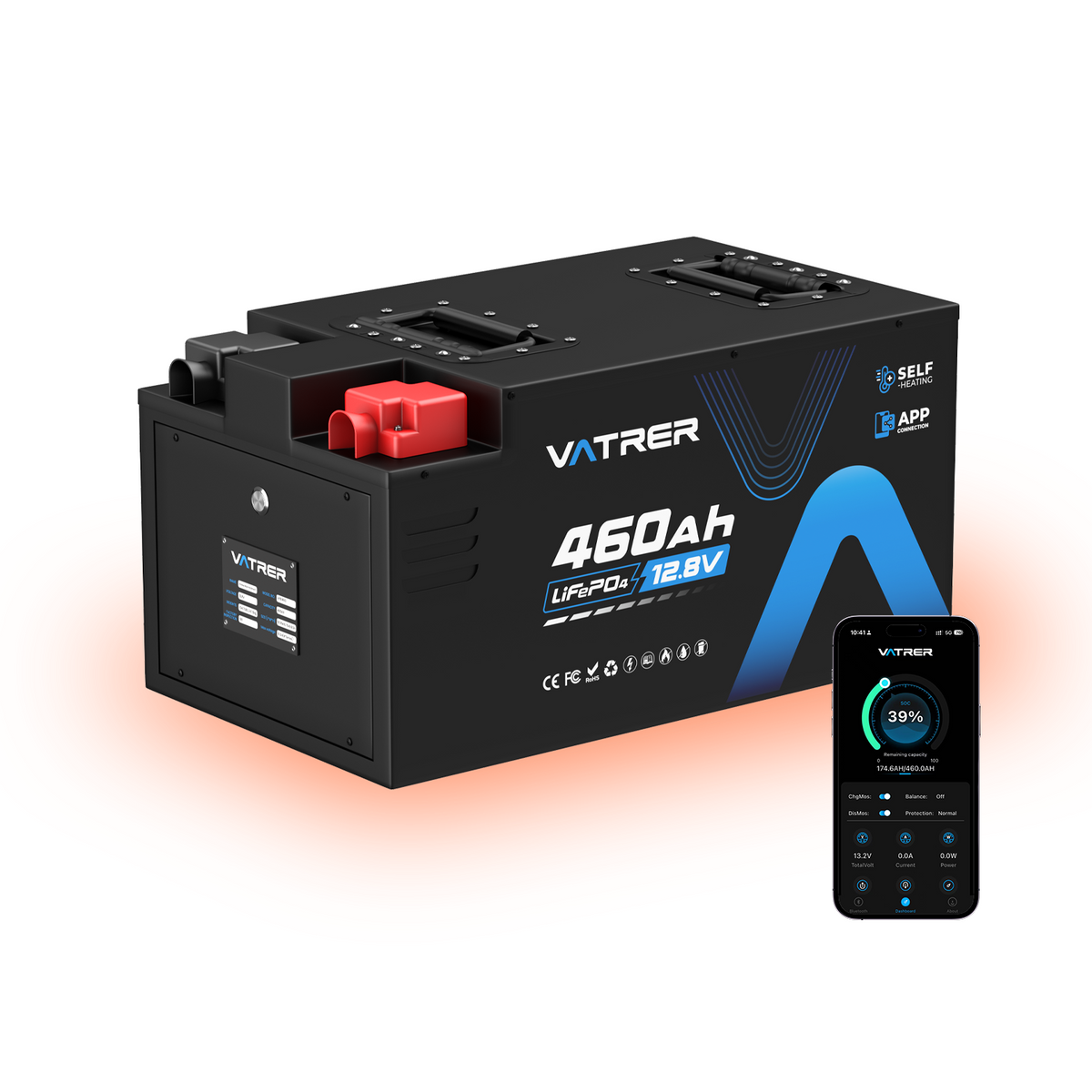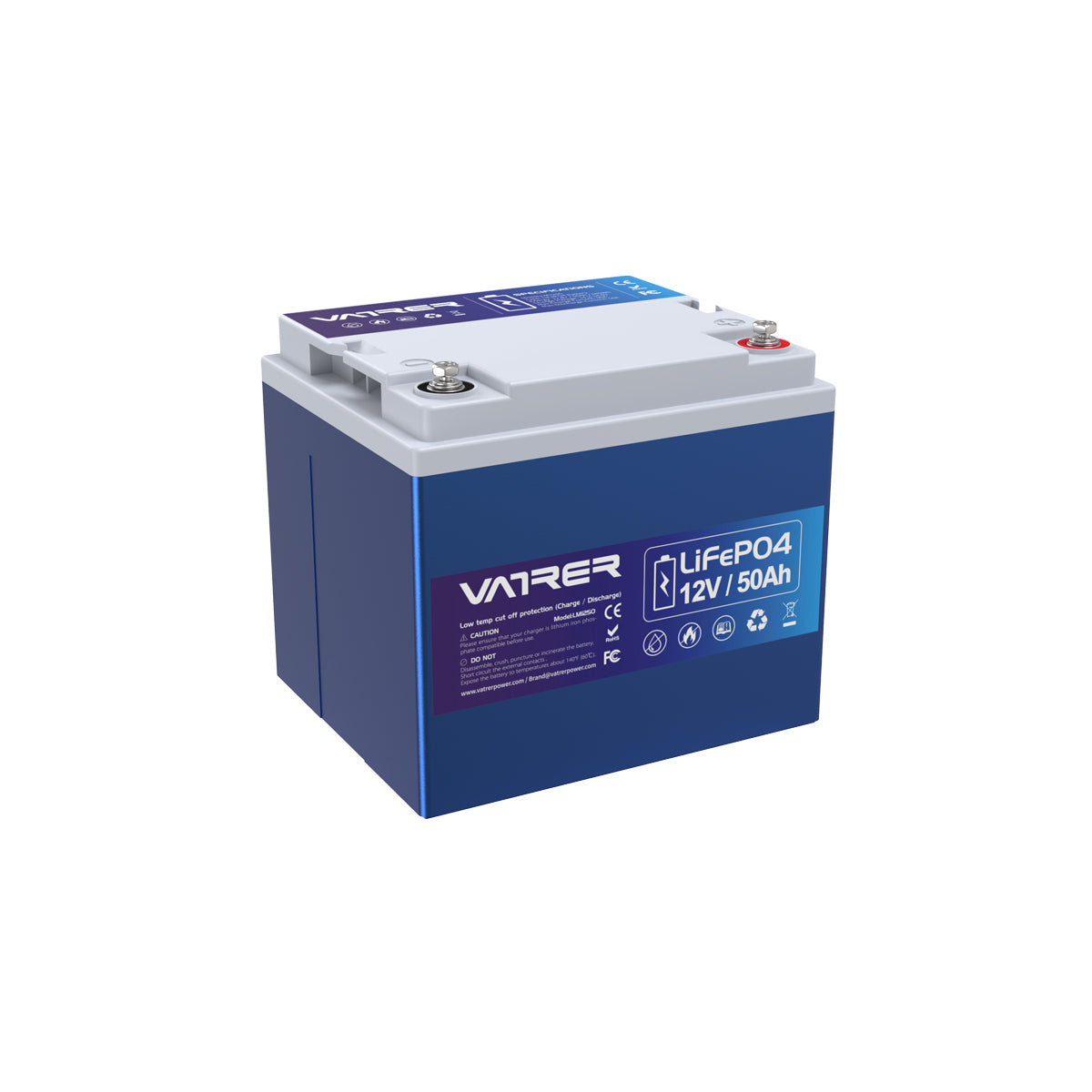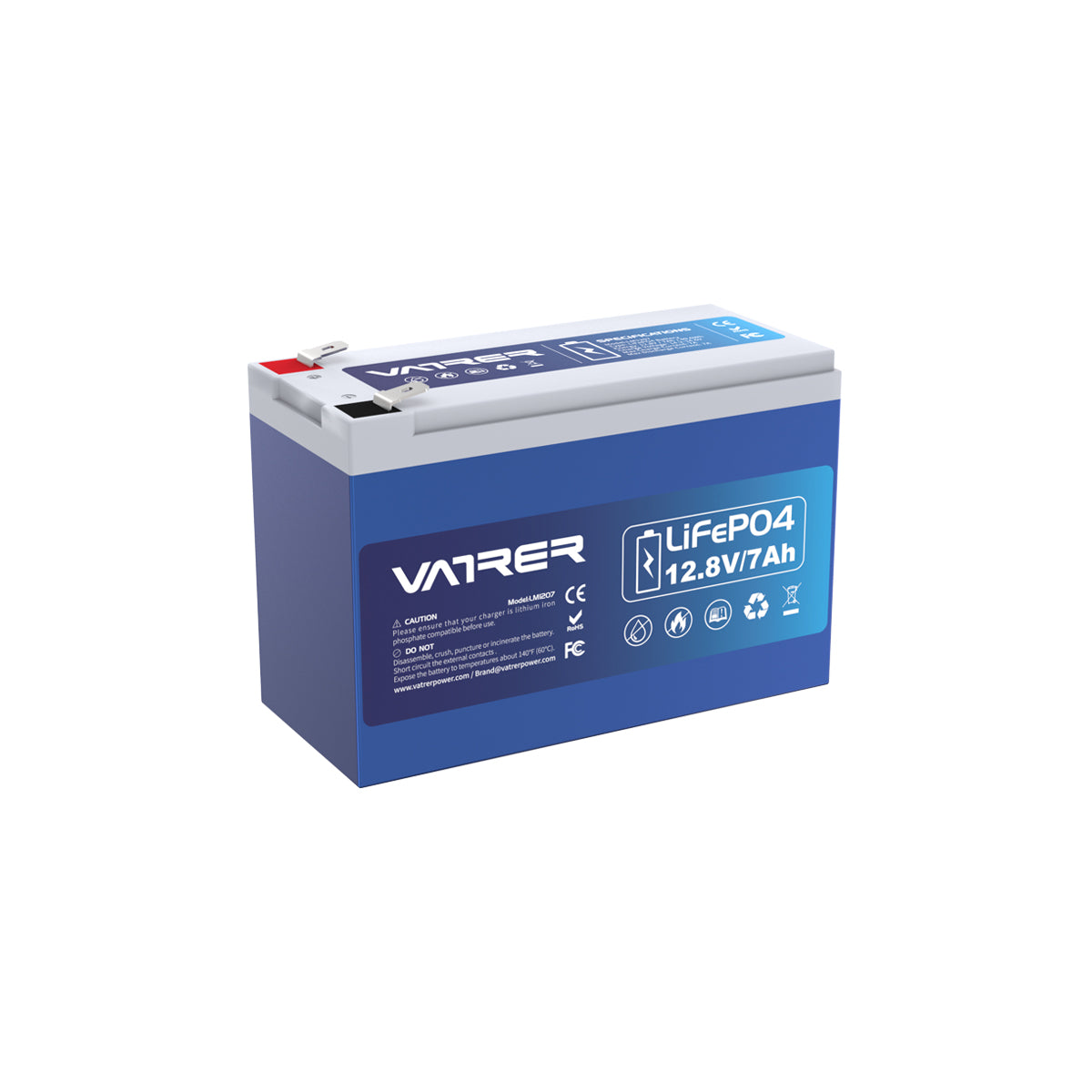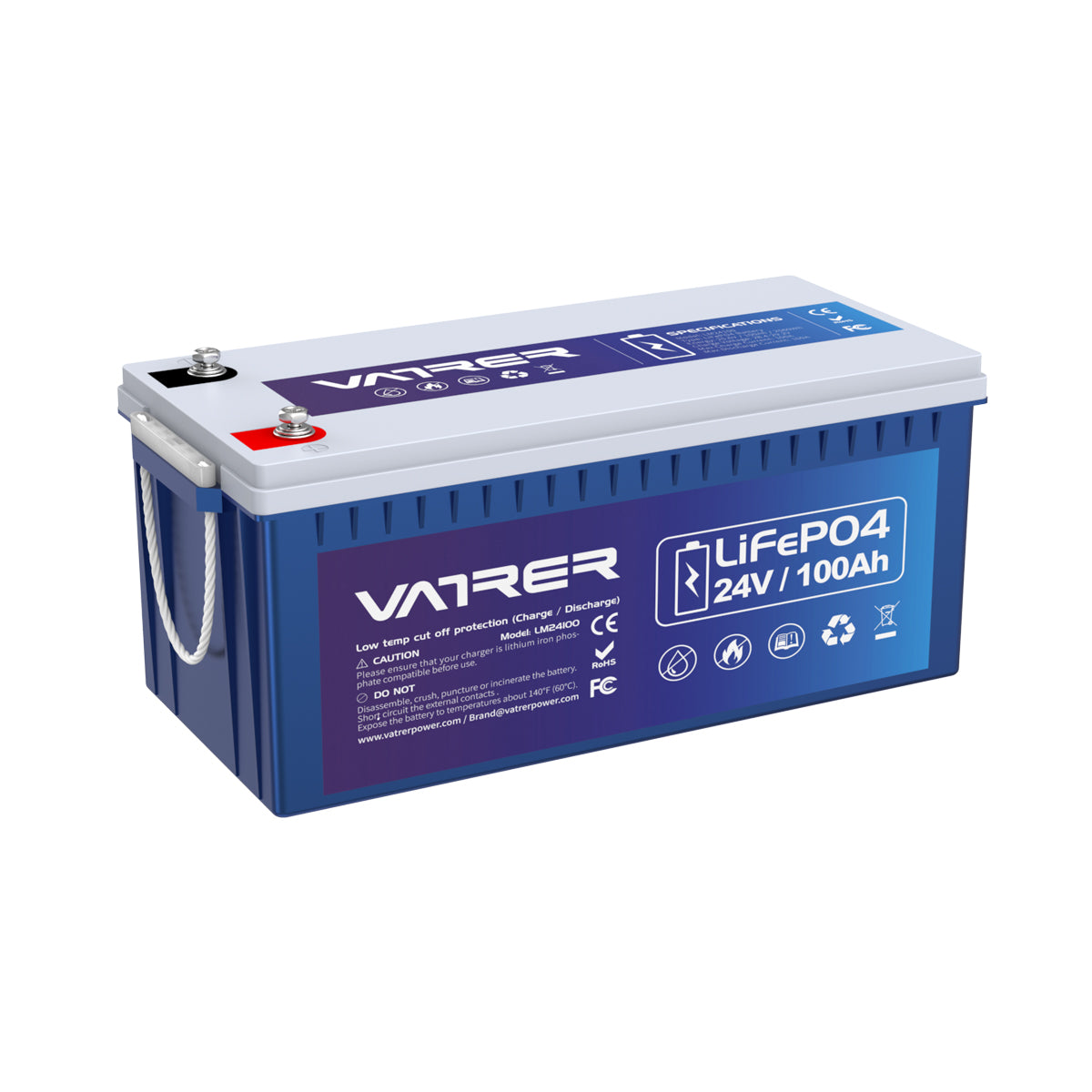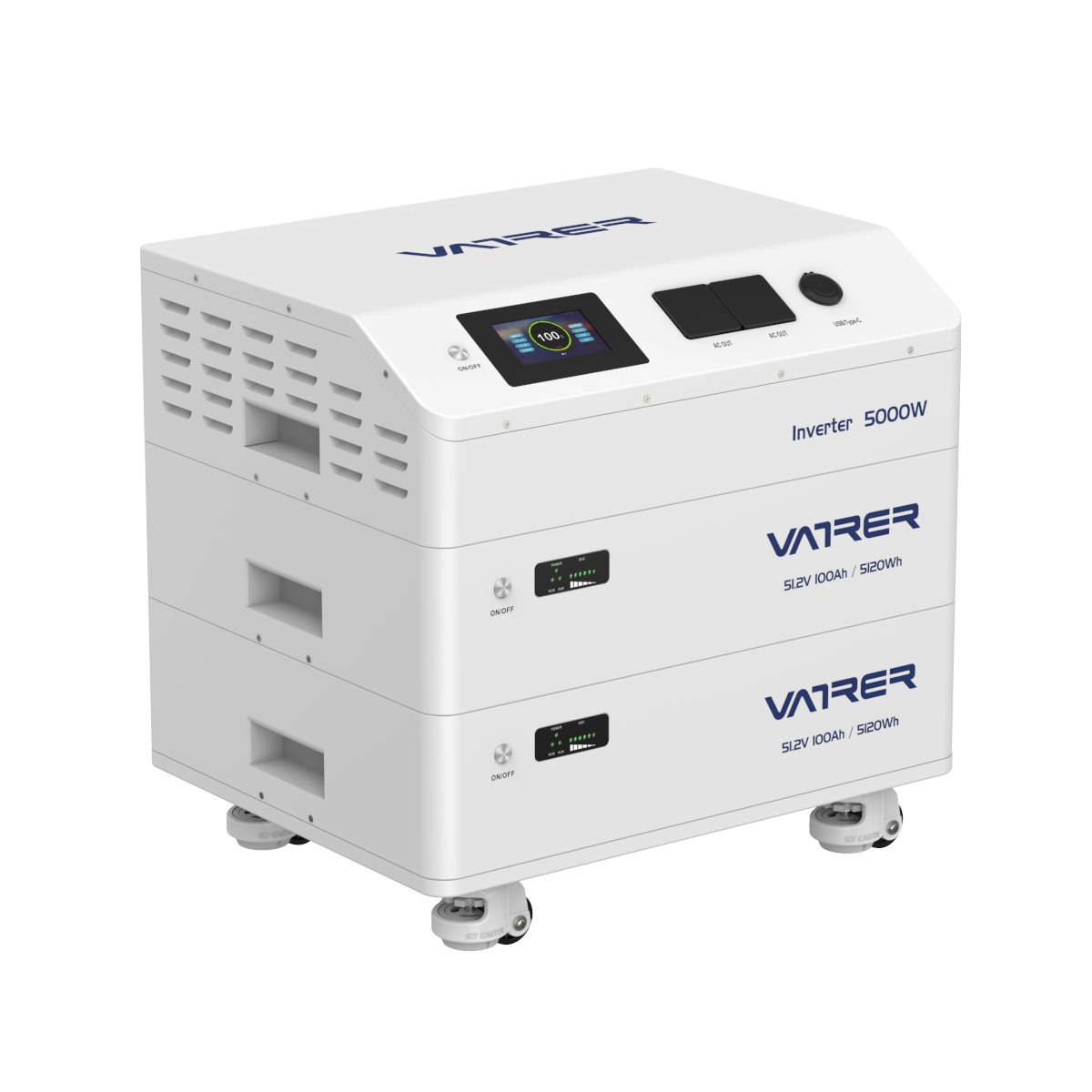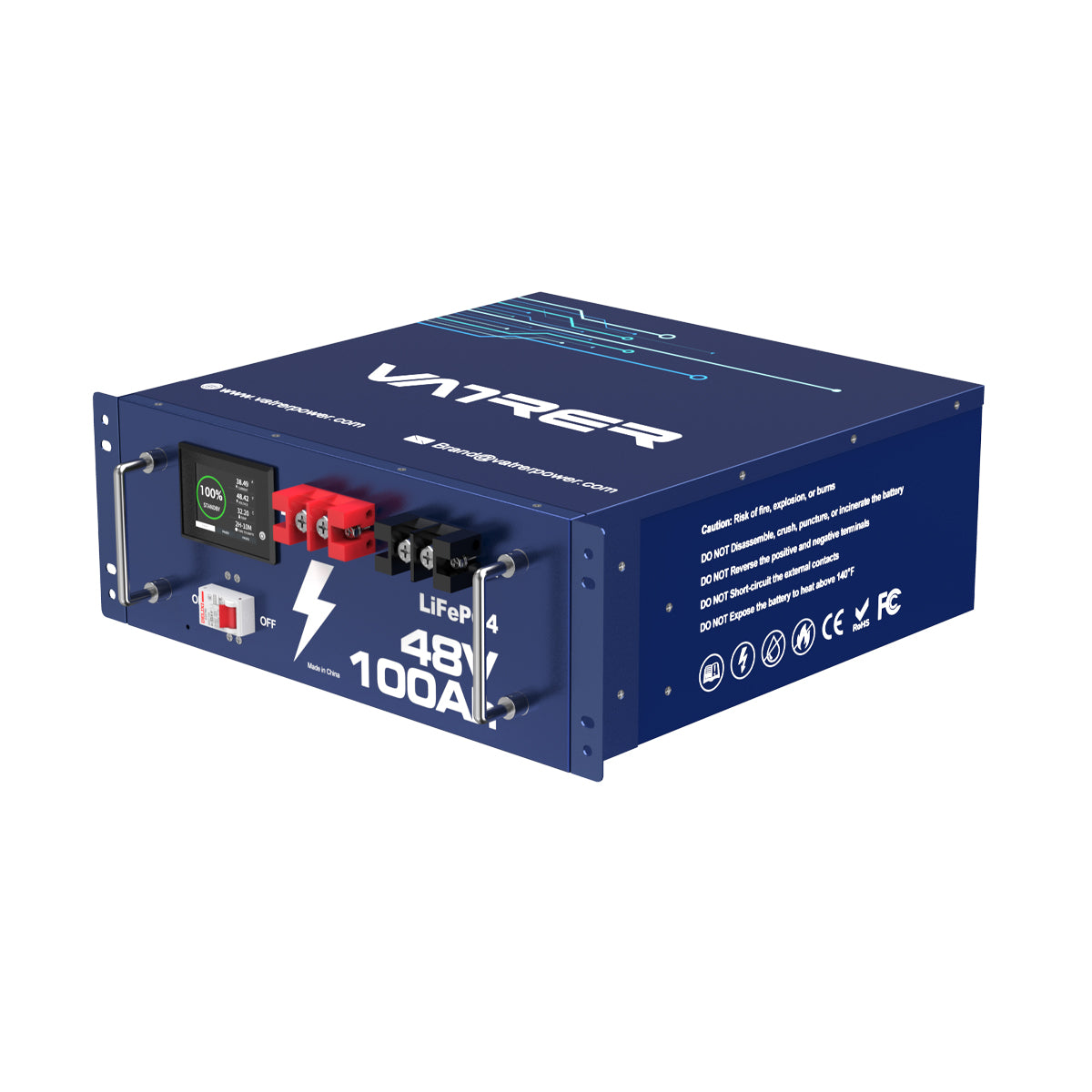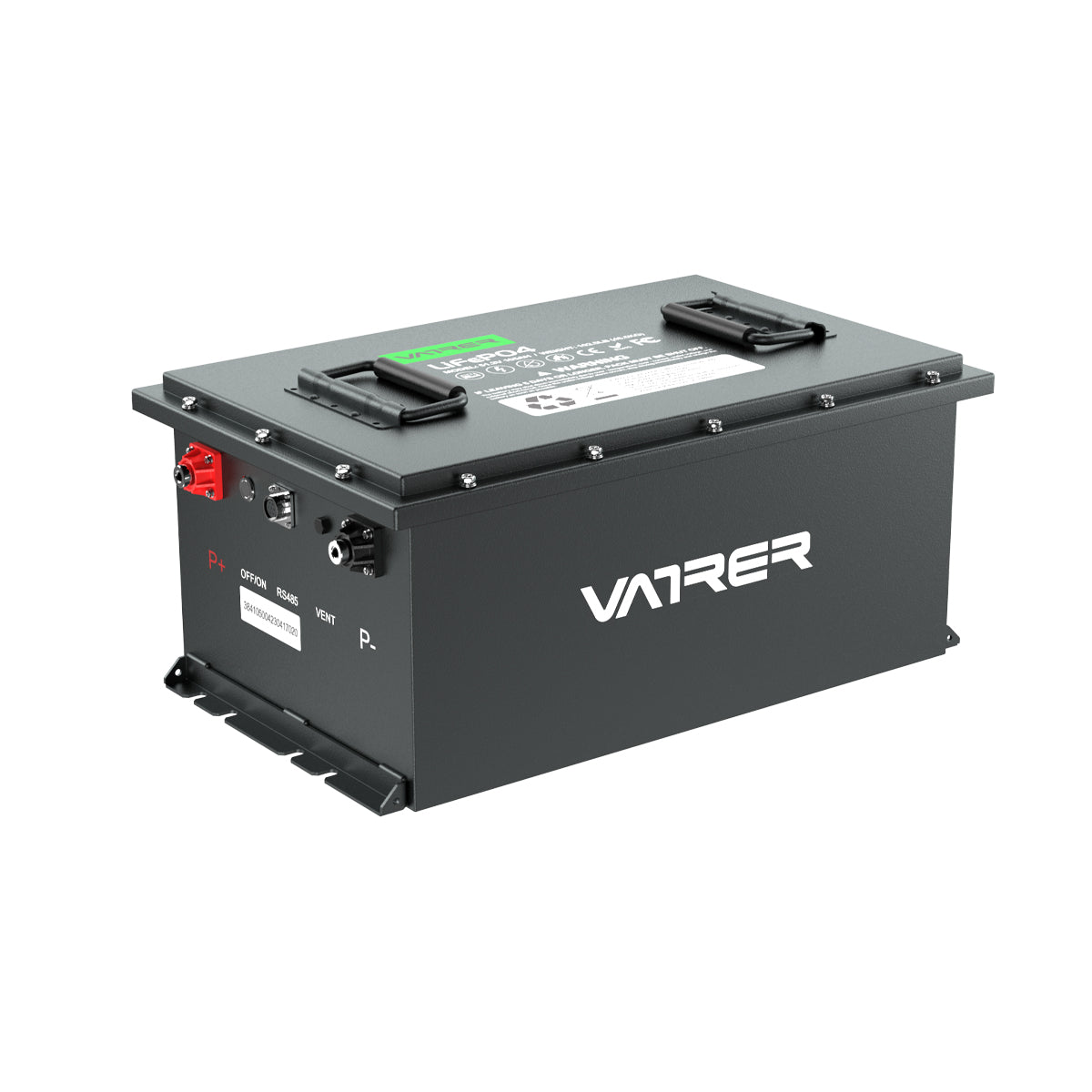Table of Contents
- Introduction
- Understanding LiFePO4 Batteries
- Charging a LiFePO4 Battery
- Common Questions About LiFePO4 Batteries
- Q: Can I use a regular lithium-ion charger for a LiFePO4 battery?
- Q: How many cycles can a LiFePO4 battery last?
- Q: Is it okay to leave a LiFePO4 battery connected to the charger after it's fully charged?
- Q: Can extreme temperatures affect my LiFePO4 battery?
- Conclusion
Introduction
Lithium Iron Phosphate (LiFePO4) batteries have gained popularity due to their high energy density, long cycle life, and safety compared to other lithium-ion batteries. Charging a LiFePO4 battery correctly is crucial for maintaining its performance and longevity. In this guide, we will explore the proper charging methods and address some common questions about LiFePO4 batteries.

Understanding LiFePO4 Batteries
Before diving into the charging process, it's essential to understand the basics of LiFePO4 batteries. These batteries are known for their stability and are often used in applications where safety is a priority, such as electric vehicles, solar energy storage, and portable electronic devices.
Charging a LiFePO4 Battery
-
Use the Correct Charger: Always use a charger specifically designed for LiFePO4 batteries. These chargers are programmed to provide the correct voltage and current to avoid overcharging, which can damage the battery and reduce its lifespan.
-
Monitor Voltage: LiFePO4 batteries typically have a charging voltage range of 3.6V to 3.65V per cell. Ensure that your charger does not exceed this voltage to prevent overcharging.
-
Balance Charging: For battery packs with multiple cells in series, balance charging is necessary to ensure that each cell is charged to the same level. This prevents any single cell from overcharging or undercharging, which can lead to pack imbalance and reduced performance.
-
Temperature Considerations: LiFePO4 batteries should be charged within a temperature range of 0°C to 45°C (32°F to 113°F). Charging at temperatures outside this range can degrade the battery's performance and safety.
-
Avoid Full Discharge: While LiFePO4 batteries can handle deep discharge better than other lithium-ion batteries, it is still advisable to avoid fully discharging them. Recharging before the battery is completely empty can help prolong its life.
Common Questions About LiFePO4 Batteries
Q: Can I use a regular lithium-ion charger for a LiFePO4 battery?
A: No, regular lithium-ion chargers are not suitable for LiFePO4 batteries because they provide different charging profiles. Using an incorrect charger can damage the battery or pose safety risks.
Q: How many cycles can a LiFePO4 battery last?
A: LiFePO4 batteries can typically last between 2000 to 5000 cycles, depending on the depth of discharge, charging habits, and overall usage conditions.
Q: Is it okay to leave a LiFePO4 battery connected to the charger after it's fully charged?
A: Modern LiFePO4 chargers are designed with a trickle charge feature that maintains the battery's full charge without overcharging it. However, it's still best to disconnect the charger once the battery is fully charged to minimize stress on the cells.
Q: Can extreme temperatures affect my LiFePO4 battery?
A: Yes, both high and low temperatures can affect the performance and lifespan of a LiFePO4 battery. It's important to store and use these batteries within the recommended temperature range.
Conclusion
Charging a LiFePO4 battery correctly is essential for ensuring its optimal performance and longevity. By using the right charger, monitoring voltage, balance charging when necessary, and considering temperature effects, you can maximize the benefits of your LiFePO4 battery. Always refer to the manufacturer's guidelines for specific charging instructions and best practices to keep your battery in top condition.
Continue Reading:
LiFePO4 Voltage Chart: A Comprehensive Guide
Understanding the Different Series of LiFePO4 Batteries
LiFePO4 vs Lithium Ion: A Comprehensive Comparison
Exploring the Pros and Cons of LiFePO4 (Lithium Iron Phosphate) Batteries











